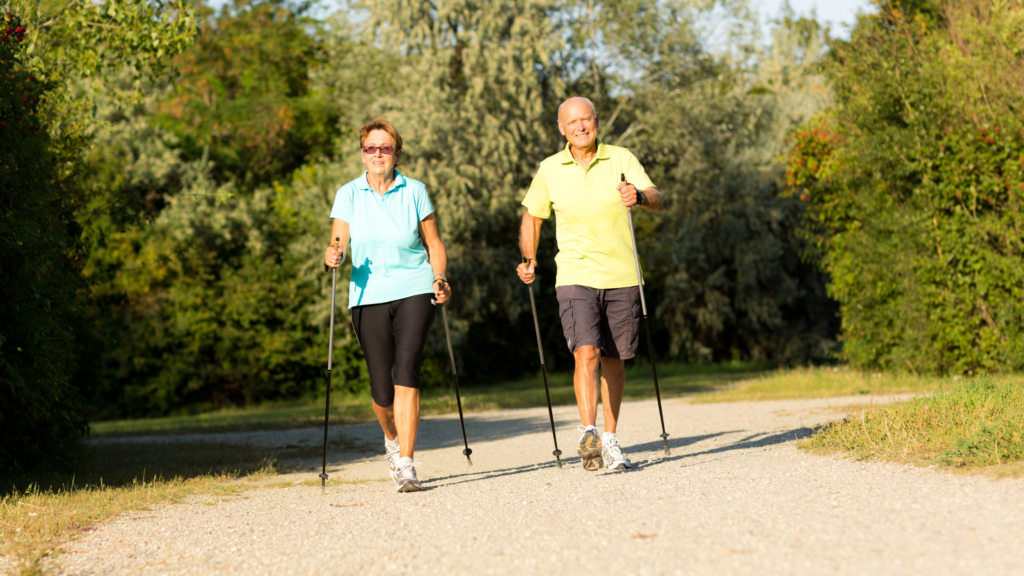It’s important to keep moving no matter how old you are. Exercise keeps your body and your brain healthy. (always ask your physio for an exercise programme)

How does it do that? And what’s the best way to work it into your life?
Why Exercise Matters
It can help you live a longer, healthier life because it can:
Keep your bones, muscles, and joints healthy
Make you less likely to have things like diabetes, colon cancer, and osteoporosis
Lower your blood pressure
Manage stress and improve your mood
Ease symptoms of anxiety and depression
Lower your chances of heart disease
Manage chronic conditions like arthritis or diabetes by helping with things like stamina, joint swelling, pain, and muscle strength
Help with your balance, so you’re less likely to fall and break bones
How Much Exercise?
As you get older, you may be a bit afraid of exercise. Maybe you think you might hurt yourself or that you have to join a gym. Or you may not be sure what exercises you should do.
The key isn’t how or where you get active, it’s just to start moving.
Healthy adults should aim for 150 minutes of activity that gets your heart going and your blood pumping every week. Sure, you can do that in exercise classes. But you can also get it by brisk walking. It’s also important to do movements that work all your major muscles at least 2 days a week. Also try to do flexibility exercises 2 or 3 days a week to help with your range of motion.
While 150 minutes may sound like a lot, you don’t have to do it in big chunks. You can take a 10-minute walk around the block or spend 10 minutes sweeping the porch. It all adds up.
If you’re feeling energetic, you’ll get even more health benefits if you work up to 300 minutes or more of exercise a week.
But a simple goal is to try to get 30 minutes of moderate-intensity exercise on most days. You may be able to do that some weeks and not others. Remember, it’s a goal and not a rule. Do what works for you.
How to Get Moving
There are two ways to move: exercise and physical activity.
Exercise is planned activity like aerobics classes, tai chi, spin classes, or swimming.
Physical activity is the way you “sneak” movement into your day, like walking the dog or gardening. Adding both to your routine will help you stay healthy and live longer. But always check with your doctor and physio before suddenly being more active.
You don’t need fancy clothes or equipment. To get in motion in a less formal way, you can:
Take a brisk walk or jog
Ride a bike
Rake leaves or push a lawn mower
Sweep or dust
Play tennis
Walk up and down stairs
Carry groceries
You should start to feel stronger and have more energy in just a few weeks. Then if you decide you’re up to it, you can go to the gym or community center and take water aerobics or dance classes or strength-training exercises.
TREATMENT PLAN BY DON KELLY
If you experience chronic knee pain, injuries, or advice for knee surgery and replacement please don’t hesitate to reach out. I have treated thousands of my patients with successful results over the last 20 years of my physio services.
BEFORE YOU SAY YES TO KNEE SURGERY REPLACEMENT- give me a ring for an assessment.
My treatment plan is the result of my experience and knowledge in treating chronic pains and injuries over the last 20 years. This is the holistic plan to guarantee pain relief, prevent recurring pains, and faster recovery.
EVALUATION/ASSESSMENT
PHYSIOTHERAPY PLAN BASED ON MY ASSESSMENT
HOMECARE EXERCISE/PLAN
ACUPUNCTURE
EXERCISE PROGRAMME
CUSTOM ORTHOTICS


